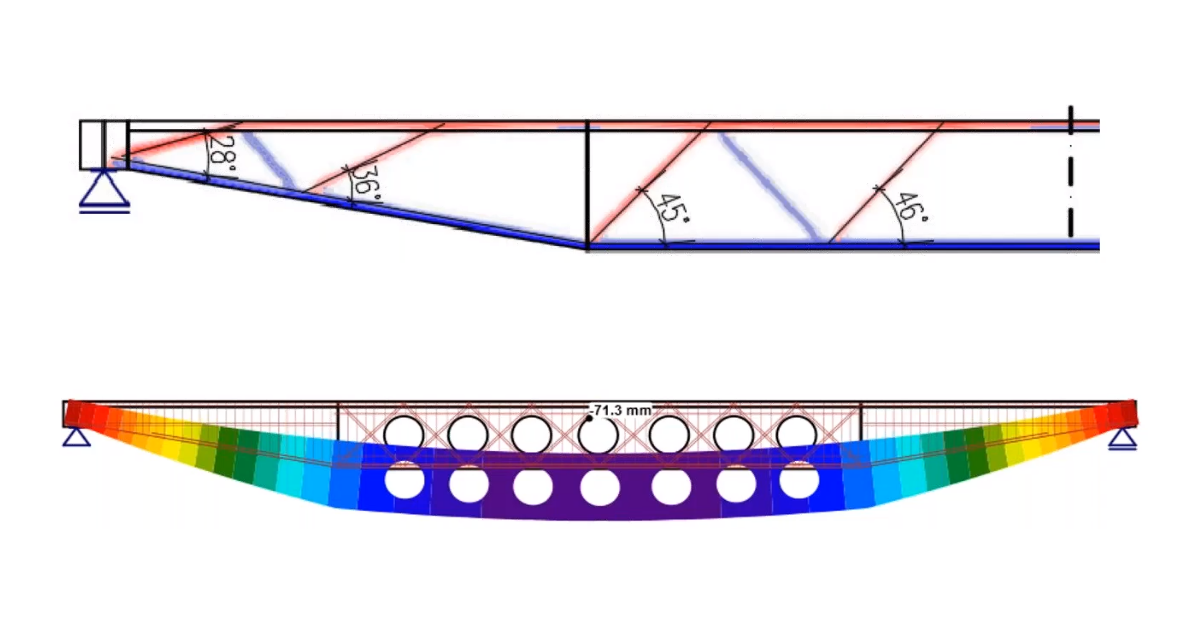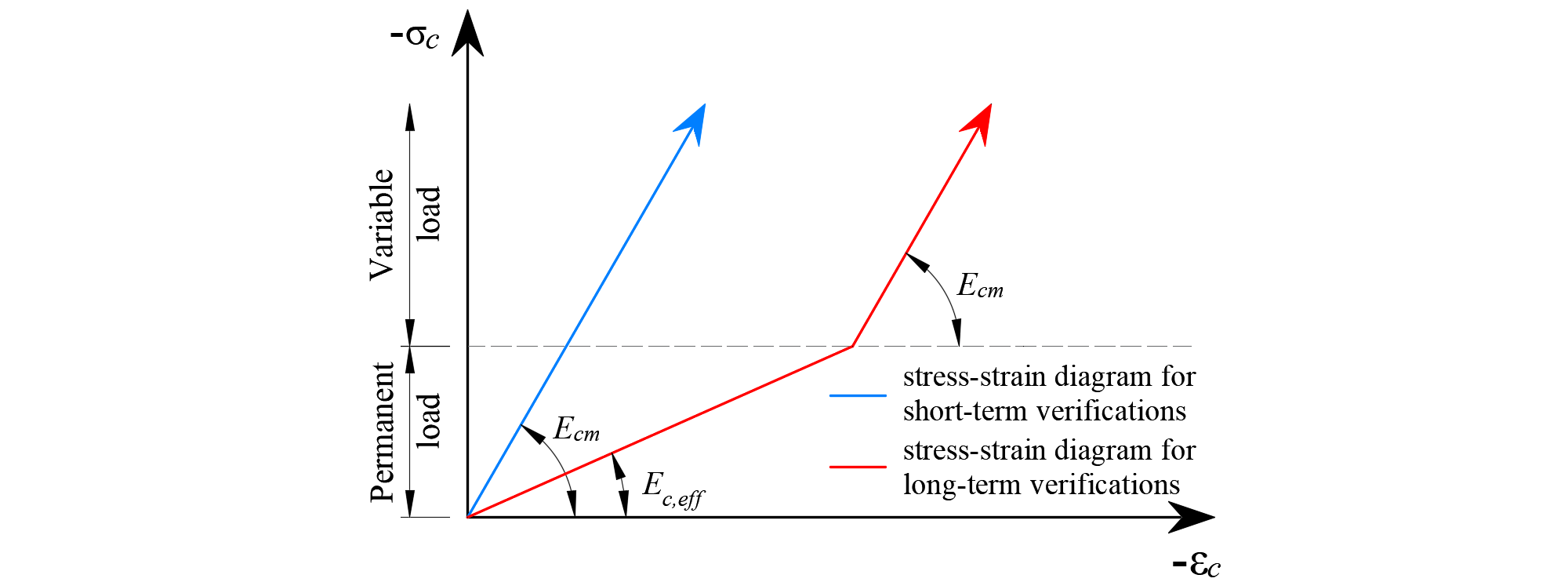Design your structural concrete details with confidence
B-regions, D-regions, limits of S&T
The design and assessment of concrete elements are normally performed at the sectional (1D-element) or point (2D-element) level. This procedure is described in all standards for structural design, e.g., in (EN 1992-1-1), and it is used in everyday structural engineering practice.
However, it is not always known or respected that the procedure is only acceptable in areas where Bernoulli-Navier hypothesis of plane strain distribution applies (so-called B-regions). The places where this hypothesis does not apply are called discontinuity or disturbed regions (D-regions). These are, e.g., bearing areas, parts where concentrated loads are applied, locations where an abrupt change in the cross-section occurs, openings, etc. When designing concrete structures, we meet a lot of other D-Regions such as walls, bridge diaphragms, corbels, etc.
Despite the evolution of computational tools over the past decades, the Strut-and-Tie method is still used quite a lot in hand calculations. Its application for real-world structures is time-consuming since several iterations are required, and several load cases need to be considered. Furthermore, this method is not suitable for verifying serviceability criteria (deformations, crack widths, etc.).
The interest of structural engineers in a reliable and fast tool to design D-regions led to the decision to develop a brand-new method that allows the automatic design and assessment of structural concrete members subjected to in-plane loading. All packed in a user-friendly application.
Working closely with the university ETH Zurich, we have created and thoroughly tested a method called Compatible Stress Field Method (CSFM) for the design of discontinuity regions and implemented it into the IDEA StatiCa Concrete application. The method is based on Finite Element Analysis and uses only basic material parameters employed in standard structural concrete design. CSFM overcomes the limitations of classic design tools while keeping the advantages of stress fields and strut-and-tie models.
Read more about the comparison of the Strut-and-Tie method and CSFM.
Watch Professor Kaufmann from ETH Zurich explaining the CSFM
CSFM was tested for years
To ease the adoption of CSFM in the conservative community of structural engineers, the method has been thoroughly tested for several years. Here the cooperation with ETH Zurich played the key role. Hundreds of analytical tests have been executed to verify the accuracy of all ULS and SLS checks required by numerous codes.
The results of these tests were compared to a wide range of analytical solutions, design codes, and experimental results, and show good compliance with all of them. The results for the ultimate load (strength) correspond very well and are slightly on the safe side. The results for deformation are also nice and the error is mainly on the safe side.
All the main tests and verification examples were published in the new CSFM verification book. You can buy it online on Payhip.com.
Besides the cooperation with ETH Zurich, a lot of verification and validation tests is being executed with the Brno University of Technology.
Theoretical Background to explain the assumptions
To better understand the CSFM principles and assumptions, as well as limitations, it's definitely helpful to invest your time in the Theoretical Background for concrete applications. It provides the main ideas of the verification book in a more condensed way.
You will find yourself how the method deals with reinforcement design or how it implements the finite element approach. In the Theoretical background, you can find all the important verifications of the structural element for the ultimate limit state and serviceability limit state analysis. So, if you would like to understand how CSFM treats crack width, deflections checks, or safety factor format, Theoretical background is the right place to start from.
Verification articles showing excellent alignment
Both university teams, in cooperation with IDEA StatiCa experts, put together and published multiple papers and scientific articles with the results of their experiments and tests. Their findings were presented at various international events.
You can go through verification examples and research papers in our Support center to see with your own eyes.
IDEA StatiCa for all engineers doing concrete
The results of a thorough validation of the CSFM prove the method is safe, accurate, and reliable. The test results were in perfect agreement with theoretical models. CSFM enables structural engineers to design and assess any concrete structure that can be modeled as a two-dimensional element more reliably and efficiently than using other design methods.
Verifications, design assumptions, and articles are published and available to the engineering community. We encourage you to go through all our validation and verification documentation, ask our customers, and last but not least, try the software on your own.
Next to it, we would like to challenge all our users – put our software to the test, compare our results with your hand calculations or other software analysis, and share with us your comparisons, results, and findings. IDEA StatiCa will make your design workflows faster, more accurate, and keep safety first!







